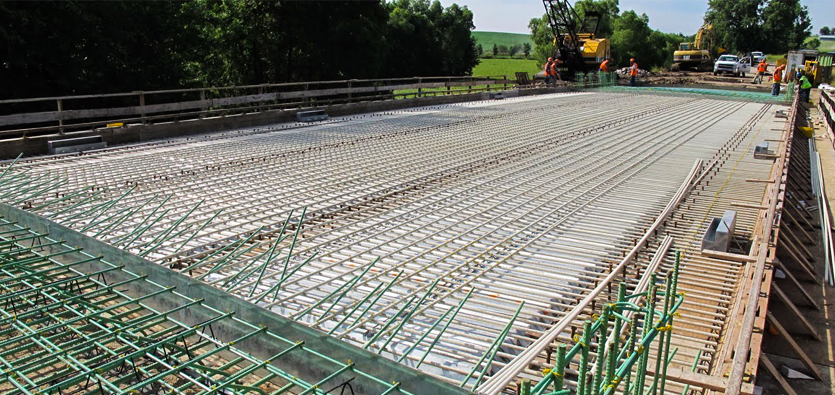Unlocking the Environmental Benefits of Recycled Composites in Building and Style
In the realm of building and construction and design, the utilization of recycled compounds holds significant assurance for boosting sustainability methods and lowering ecological effect. The shift in the direction of a more lasting future in these industries hinges on unlocking the full capacity of recycled compounds.

Environmental Influence Decrease
The decrease of environmental effect through making use of recycled compounds in building and construction and design plays a critical role in sustainable techniques. By integrating recycled compounds right into building products, the building and construction market can dramatically lower its carbon impact and add to a more environmentally friendly future. These sustainable products, made from repurposed plastics, timber fibers, or other recycled elements, use a practical alternative to standard building products without endangering on quality or durability.
Recycled composites aid divert waste from landfills and reduce the demand for removing raw materials, thus saving natural deposits. Additionally, the production procedure of these compounds usually takes in less power and emits less greenhouse gases contrasted to creating virgin products (composites). This shift in the direction of making use of recycled compounds not just lessens environmental harm but additionally promotes a round economy by encouraging the reuse of products that would certainly otherwise be disposed of
Waste Minimization
With a focus on minimizing waste in construction and style, the combination of recycled compounds supplies a lasting option to lower ecological impact. Waste minimization is a critical element of sustainable methods, and using recycled composites offers a possibility to achieve this goal successfully. By making use of materials that have already offered their preliminary function, such as recycled plastics or recovered timber fibers, the building and construction and style industries can dramatically reduce the quantity of waste produced and sent to garbage dumps.
Recycled composites have the prospective to divert considerable amounts of waste from traditional disposal methods, adding to an extra circular economic situation where sources are utilized effectively. Furthermore, the production process of recycled composites commonly eats less energy and generates fewer discharges contrasted to virgin materials, further minimizing the environmental impact of building and construction and style tasks.
Applying waste minimization strategies with the unification of recycled compounds not only assists in preserving natural sources yet also promotes a more sustainable strategy to structure and creating for a greener future.
Energy Conservation
Incorporating recycled compounds not just reduces waste in building and construction and design yet additionally plays a vital role in improving power conservation practices within the sector. The use of recycled composites in construction can significantly add to power preservation with numerous methods. By advertising the use of recycled composites in building and design, the sector can make substantial strides in the direction of attaining energy efficiency and decreasing its carbon impact, inevitably adding to a more sustainable constructed environment.
Carbon Footprint Reduction
Enhancing sustainability practices through the use of recycled compounds in building and layout significantly minimizes the carbon impact of the sector. By integrating recycled materials into the production of composites, the requirement for virgin sources reduces, resulting in reduced power consumption and greenhouse gas exhausts connected with traditional manufacturing processes. This reduction in carbon impact is essential in combating environment modification and promoting an extra eco-friendly method to building and layout.
The carbon footprint decrease achieved with the fostering of recycled composites straightens with the international press in the direction of lasting practices and the decrease of industrial exhausts. Inevitably, by focusing on the integration of recycled composites, the industry can make substantial strides in decreasing its carbon impact and adding to a more lasting future.
Lasting Future
The combination of recycled compounds in building and construction and layout not only addresses prompt environmental issues however look at here now also lays a solid structure for a lasting future in the market. By including recycled compounds into structure materials and products, the building and layout sectors can significantly minimize their reliance on virgin resources, bring about a much more circular economic situation. This shift in the direction of sustainability is essential for minimizing the ecological influence of typical building and construction methods, which typically result in high levels of waste generation and source exhaustion.

Final Thought
Finally, recycled compounds provide substantial environmental advantages in building and construction and layout by minimizing environmental influence, minimizing waste, preserving energy, reducing carbon footprint, and promoting a lasting future. Embracing using recycled compounds can add to a more environmentally-friendly method to building and layout, ultimately bring about an extra sustainable and greener future for all.
The decrease of ecological impact through the use of recycled compounds in building and construction and layout plays a critical duty in sustainable techniques.With an emphasis on lessening waste in building and layout, the assimilation of recycled compounds supplies a sustainable option to minimize environmental influence. By advertising the use of recycled compounds in building and layout, the industry can make significant strides in the direction of attaining energy performance and lowering its carbon impact, ultimately contributing to a much more lasting constructed environment.
